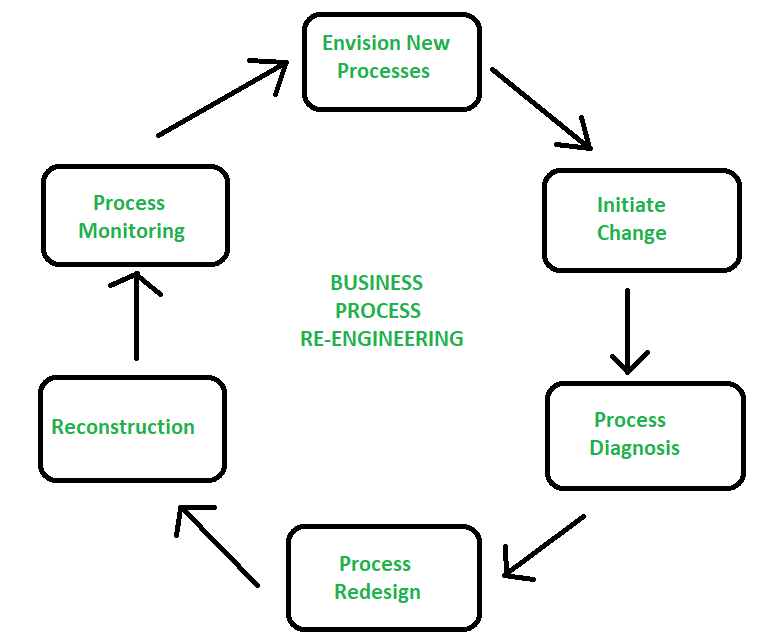Top Challenges in Process Reengineering and How to Overcome Them
- marclaytonpro
- Aug 13, 2024
- 3 min read
Process reengineering is a powerful strategy for transforming business operations, driving efficiency, and achieving significant improvements. However, the journey to successful process reengineering is not without challenges. This blog explores the top challenges companies face during process reengineering and offers practical solutions to overcome them.
1. Resistance to Change
Challenge: One of the biggest obstacles in process reengineering is resistance to change from employees. People are often comfortable with the status quo and may fear that reengineering could lead to job losses or require them to learn new skills.
Solution: To overcome resistance, it’s crucial to involve employees early in the reengineering process. Communicate the benefits of the changes and how they will positively impact the organization and the employees themselves. Providing training and support to help employees adapt to new processes can also ease the transition. Encourage open dialogue to address concerns and build trust.
2. Lack of Clear Vision and Goals
Challenge: Without a clear vision and specific goals, process reengineering efforts can become unfocused and fail to deliver the desired results. Ambiguity can lead to confusion and misalignment among team members, stalling progress.
Solution: Start by defining a clear vision for what the reengineered processes should achieve. Set specific, measurable goals that align with the overall business strategy. These goals should be communicated to all stakeholders to ensure everyone is on the same page. Regularly review progress against these goals and make adjustments as needed to stay on track.
3. Inadequate Resources
Challenge: Process reengineering requires significant time, effort, and resources. Organizations may underestimate the resources needed, leading to delays, budget overruns, and incomplete implementations.
Solution: Before beginning a reengineering project, conduct a thorough assessment of the resources required, including personnel, technology, and budget. Ensure that you have the necessary resources in place and be prepared to allocate additional support if needed. Prioritize reengineering initiatives based on their potential impact and feasibility, focusing on areas that will deliver the most value.
4. Poor Communication
Challenge: Ineffective communication can lead to misunderstandings, missed deadlines, and a lack of coordination among team members. This can derail the reengineering process and cause frustration.
Solution: Establish a robust communication plan that outlines how information will be shared throughout the project. Use regular meetings, progress reports, and collaborative tools to keep everyone informed and aligned. Encourage feedback and ensure that all team members have a clear understanding of their roles and responsibilities.
5. Insufficient Data Analysis
Challenge: Process reengineering relies heavily on data to identify inefficiencies and areas for improvement. However, organizations often struggle with insufficient or inaccurate data, making it difficult to make informed decisions.
Solution: Invest in the right tools and technologies to gather and analyze data effectively. Ensure that the data used is accurate, up-to-date, and relevant to the processes being reengineered. Data-driven decision-making should be a core component of the reengineering strategy, allowing for continuous monitoring and refinement of processes.
6. Failure to Sustain Momentum
Challenge: Even if the initial stages of process reengineering are successful, organizations may struggle to sustain momentum and drive long-term change. Without ongoing commitment, the benefits of reengineering can quickly diminish.
Solution: To sustain momentum, it’s essential to embed the new processes into the organization’s culture. Continuously monitor performance and make improvements as needed. Celebrate small wins to keep the team motivated and demonstrate the value of the changes. Leadership should remain actively involved, providing ongoing support and reinforcing the importance of the reengineered processes.
Conclusion
Process reengineering offers significant potential for improving efficiency and driving business success, but it comes with its own set of challenges. By anticipating these challenges and implementing the solutions outlined above, organizations can navigate the complexities of reengineering and achieve lasting positive change. Remember, the key to successful process reengineering lies in clear communication, strong leadership, and a commitment to continuous improvement. SITES WE SUPPORT
SOCIAL LINKS




Comments